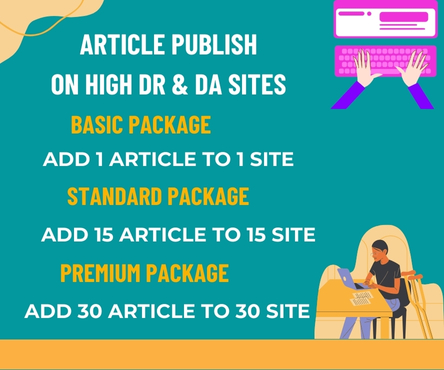Physical Vapor Deposition (PVD) has emerged as a pivotal technology in enhancing the performance of materials across various industries. By leveraging the unique properties of PVD coatings, manufacturers can significantly improve the durability, efficiency, and overall lifespan of their products. This article explores the advantages of PVD technology and its applications in different sectors.
What is PVD?
PVD is a process where a material is vaporized and deposited onto a substrate in the form of thin films. This technique allows for precise control over the coating’s composition, thickness, and structure, resulting in enhanced material properties. Pvd coating can be applied to a wide range of materials, including metals, ceramics, and polymers.
Advantages of PVD Coatings
- Improved Wear Resistance: PVD coatings exhibit exceptional wear resistance, reducing friction and extending the lifespan of components. This property makes them ideal for applications in high-wear environments, such as cutting tools and engine parts.
- Enhanced Corrosion Resistance: PVD coatings provide a dense, pore-free structure that protects substrates from corrosive environments. This feature is particularly valuable in industries where equipment is exposed to harsh chemicals or extreme temperatures.
- Increased Hardness: PVD coatings can achieve hardness levels exceeding 4000 HV, significantly surpassing traditional coating methods. This increased hardness enables components to withstand demanding conditions and maintain their performance over time.
- Aesthetic Appeal: PVD coatings can be tailored to exhibit a range of colors and finishes, making them suitable for decorative applications in architecture, consumer goods, and luxury items.
Industry Applications
- Aerospace: PVD coatings play a critical role in the aerospace industry, where they are used to enhance the performance of engine components, landing gear, and other critical parts. By reducing wear and corrosion, PVD coatings contribute to improved fuel efficiency, reduced maintenance costs, and increased safety.
- Automotive: In the automotive sector, PVD coatings are applied to engine components, gearsets, and other high-performance parts. These coatings enable vehicles to operate more efficiently, reduce emissions, and require less maintenance.
- Medical: PVD coatings are used in medical implants and surgical instruments to enhance biocompatibility, reduce wear, and prevent corrosion. This technology has revolutionized the medical industry by providing longer-lasting and more reliable medical devices.
- Cutting Tools: PVD-coated cutting tools exhibit exceptional wear resistance, allowing for increased cutting speeds, improved surface finish, and extended tool life. This technology has transformed the manufacturing industry by enabling more efficient production processes.
Future Prospects
As PVD technology continues to evolve, its applications are expected to expand into new industries and markets. Researchers are exploring novel PVD processes, such as high-power impulse magnetron sputtering (HiPIMS), to further enhance coating properties. Additionally, advancements in PVD equipment and process control are enabling larger-scale production, making PVD coatings more accessible to a wider range of industries.
Conclusion
The PVD advantage is clear: enhanced performance, increased efficiency, and extended lifespan of materials. By harnessing the power of PVD technology, industries can improve product quality, reduce maintenance costs, and increase competitiveness. As PVD continues to advance, its impact will be felt across various sectors, driving innovation and growth. With its unique combination of properties and applications, PVD is poised to play a vital role in shaping the future of multiple industries.
By utilizing PVD technology, companies can stay ahead of the curve and reap the benefits of improved performance, efficiency, and product longevity. Whether in aerospace, automotive, medical, or cutting tools, PVD coatings are revolutionizing industries and transforming the way products are designed and manufactured.

